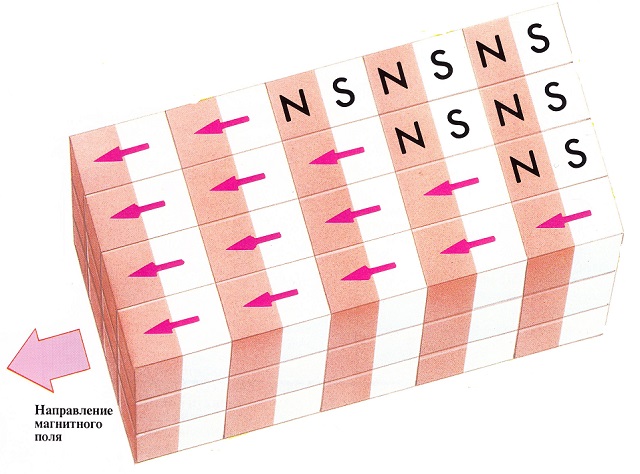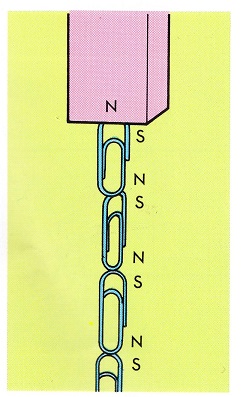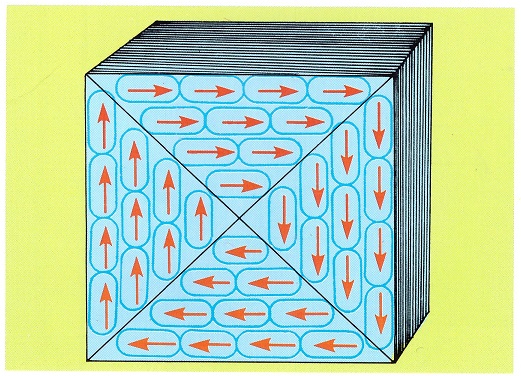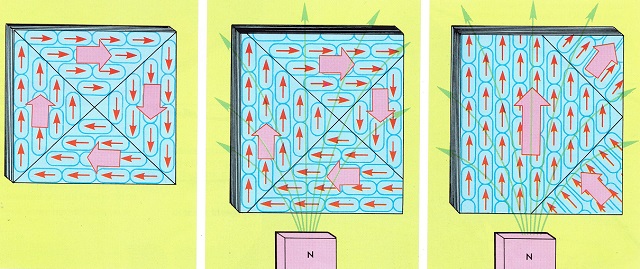Why does the magnet attract iron?
When a magnet attracts metal objects to itself, it seems magic, but in reality "magic" properties of magnets are connected only with a special organization of their electronic structure. Since the electron rotating around the atom creates a magnetic field, all atoms are small magnets; However, in most substances, disordered magnetic effects of atoms balance each other.

In other things, it is in magnets, the atomic magnetic fields of which are built into ordered areas called domains. Each such area has the North and South Pole. The direction and intensity of the magnetic field is characterized by the so-called power lines (in the figure are shown in green), which come out of the north pole of the magnet and are included in the south. The thick of the power lines, the more concentrate magnetism. The north pole of one magnet attracts the southern pole of another, while the two poles of the same name repel each other. Magnets attract only certain metals, mainly iron, nickel and cobalt, called ferromagnets. Although ferromagnetics are not natural magnets, their atoms are rebuilt in the presence of a magnet in such a way that magnetic poles appear in ferromagnetic bodies.
Magnetic chain

Touching the end of the magnet to metallic clips leads to the emergence of each closure of the Northern and South Pole. These poles are focused in the same direction as the magnet. Each clip has become a magnet.
Countless little magnets

Some metals have a crystal structure formed by atoms grouped into magnetic domains. Magnetic domain poles usually have different directions (red arrows) and do not have a total magnetic effect.
The formation of a permanent magnet

- Typically, the magnetic iron domains are oriented unsystematic (pink arrows), and the natural magnetism of the metal does not appear.
- If the magnet (pink bar) is brought to the gland, magnetic iron domains begin to line up along the magnetic field (green lines).
- Most of the magnetic iron domains quickly line up along the power lines of the magnetic field. As a result, iron itself becomes a permanent magnet.









